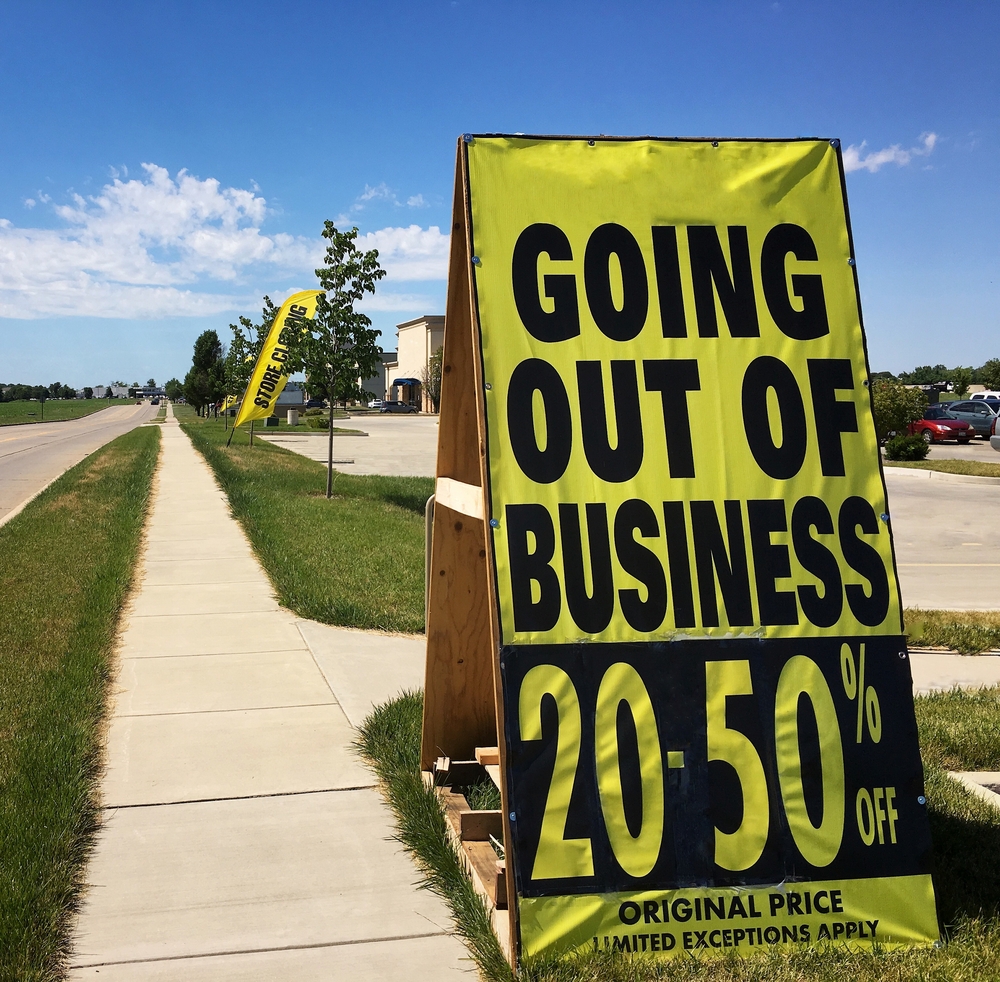New Zealand is a country of entrepreneurs. When the daily grind and whip of a 9-5 won’t do, we look for ways to maintain the work/lifestyle we want and still keep a roof over our heads. While the dream of owning a business may be appealing, it comes with big risks. Unfortunately, most businesses do not make it past 4 years, failing for various reasons: there is no demand for the product or service, business owners have overlooked the importance of a carefully managed cash flow, or at worse, owners have entered the quicksand of insolvency and are struggling to find a way out.
The financial demise of a business is common and if you have invested your life savings into your venture as the sole trader, your personal finances can be compromised if there is not a trust or protection in place. Too often, sole traders take on the personal debts of the business, losing their assets by ignoring the deteriorating figures. If your debts are piling and causing concern, with the right guidance and advice, financial problems can be helped, but you must act fast.
Bankruptcy is the legal process that protects you from creditors by eliminating your debts. It is a complex area that has both benefits and long-term complications. It should be the last resort once all other avenues have been considered. Bankruptcy can have serious complications and restrictions on your current lifestyle, credit score and future financing. The complexity of each case will determine the number of years under bankruptcy, but it is usually for a three-year period.
Bankruptcy is a complicated and emotionally draining time, and it is not the only answer to your insolvency.
Creditor’s Compromise
If you have maintained a good relationship with your creditors and your business is still making money, you can work towards an agreement that can alter your payments to affordable debts, and even reduce the amount you owe. This will be the first steps to avoiding bankruptcy and liquidation. The creditors can oppose the proposal, and it may not always be the best option so it is vital that you seek legal advice tailored to your personal situation.
Debt Repayment Plan
If you are still making a small income from your business, but outgoings are still leaving you insolvent, a Debt Repayment Plan or Summary Instalment Order (SIO) may be the best option. With the aim to work towards the best solution for everyone involved, an SIO allows you to pay some or all of your debts in installments over three years. In some cases, the debtor can pay over a period of five years.
No Asset Procedure (NAP)
A no asset procedure, as the name suggests, can assist people who have no assets in which to pay back debt, and have never applied for an NAP or bankruptcy before. To be eligible, your debts must not exceed $47,000. It does not have as many restrictions as filing for bankruptcy, but will have an impact on your credit rating. A NAP usually lasts for one year, and does not include student loans.
Your lawyer can help you through this emotional and sensitive time, but the first steps are to get in touch. Our friendly team take the sensitive approach to your situation and our advice is based on what’s right for you now and in the long term. If you would like confidential advice on your insolvency issues, please contact us today.

